EAS TESTS IN FOREIGN LANGUAGE
Q: Our station broadcasts primarily in Spanish, with a little programming in Japanese and English. In which language should we broadcast the EAS Test?
A: Spanish or English. The FCC Rule which governs EAS test procedures, provides that "script content may be in the primary language" of the station. FCC Rule 11.61(a)(1)(v). The use of the word "may" is permissive, thereby giving the station the option to broadcast the EAS test in the primary language, Spanish, or in English.
BROADCASTING EMERGENCY INFORMATION
Q: With all the recent flooding, our station wanted to broadcast road closures and other information, but our AM's nighttime signal did not quite cover the entire disaster area. Could we have stayed on at our daytime power to broadcast this emergency information?
A: Under certain conditions, an AM station, may, without further authority from the FCC, use its full daytime power during nighttime hours to broadcast emergency information.
Type of Emergency. The emergency must be one in which broadcasting the emergency information is necessary to the safety of life and property. Examples of the types of emergencies considered by the FCC to justify these broadcasts include hurricanes, floods, tidal waves, earthquakes, icing conditions, heavy snows, widespread fires, discharge of toxic gasses, widespread power failures, industrial explosions, civil disorders, school closings and changes resulting from such conditions.
Other Broadcast Service. It must be impossible to provide adequate advance warning of the emergency conditions with the station's nighttime facilities, and regular, unlimited time broadcast service is nonexistent, inadequate from the standpoint of coverage or not serving the public need.
Commercial Matter. The broadcasts at the daytime power must be done on a noncommercial basis, so all spots must be moved to other dayparts. However, recorded music may be used as filler to provide program continuity.
Transmitter Logging. Such operation must be noted on the station's transmitter log, and should be accompanied by a notation indicating that the station was operating under the authority of Section 73.1250(f) of the FCC's Rules. The notation should include the nature of the emergency and the nature of the emergency information broadcast. It must be sufficient for the station to document the need for broadcasting with daytime power at night in the event of an interference complaint.
